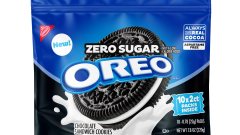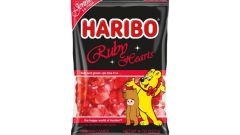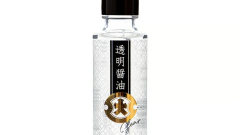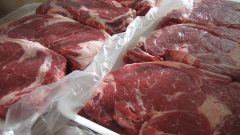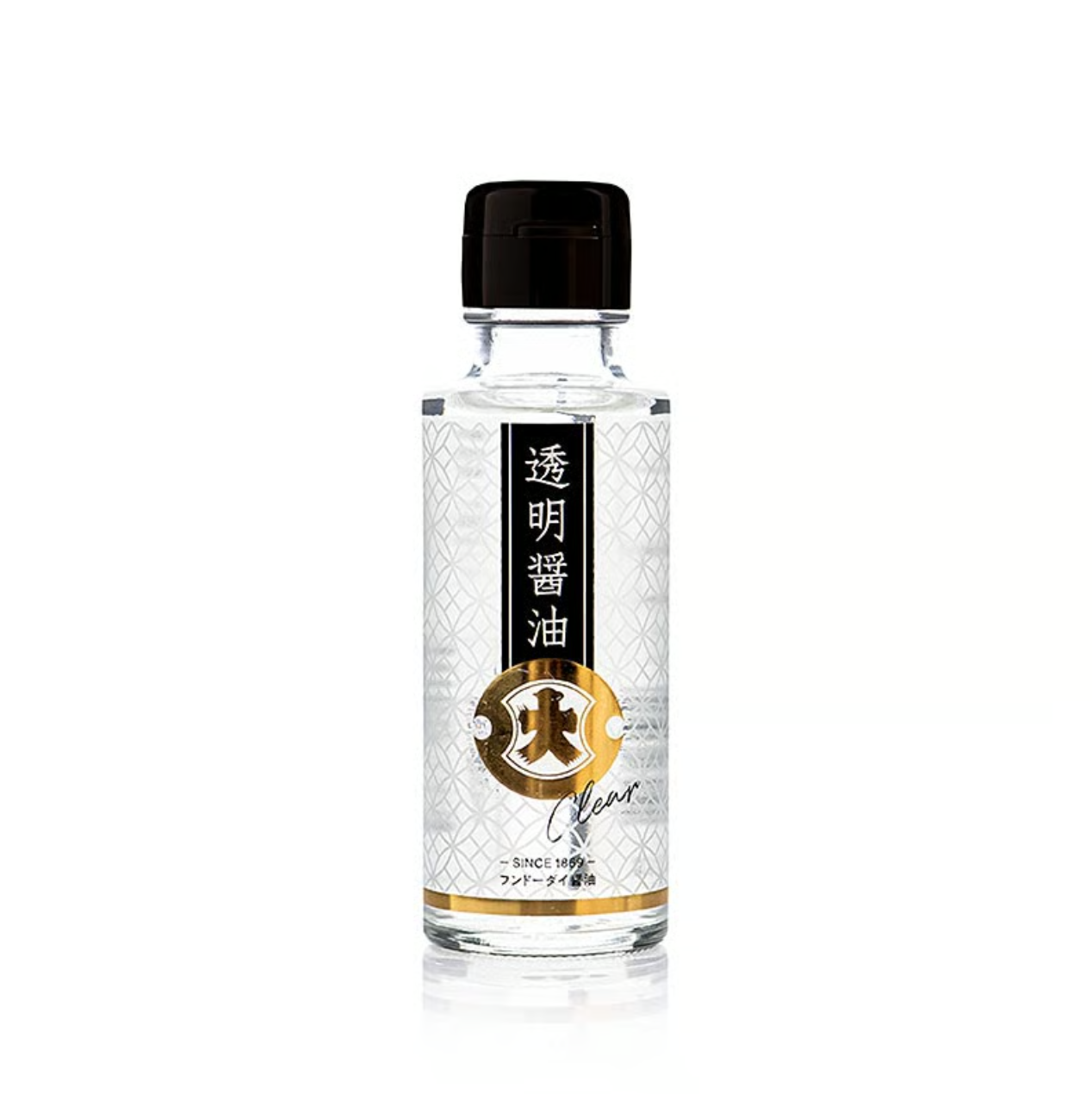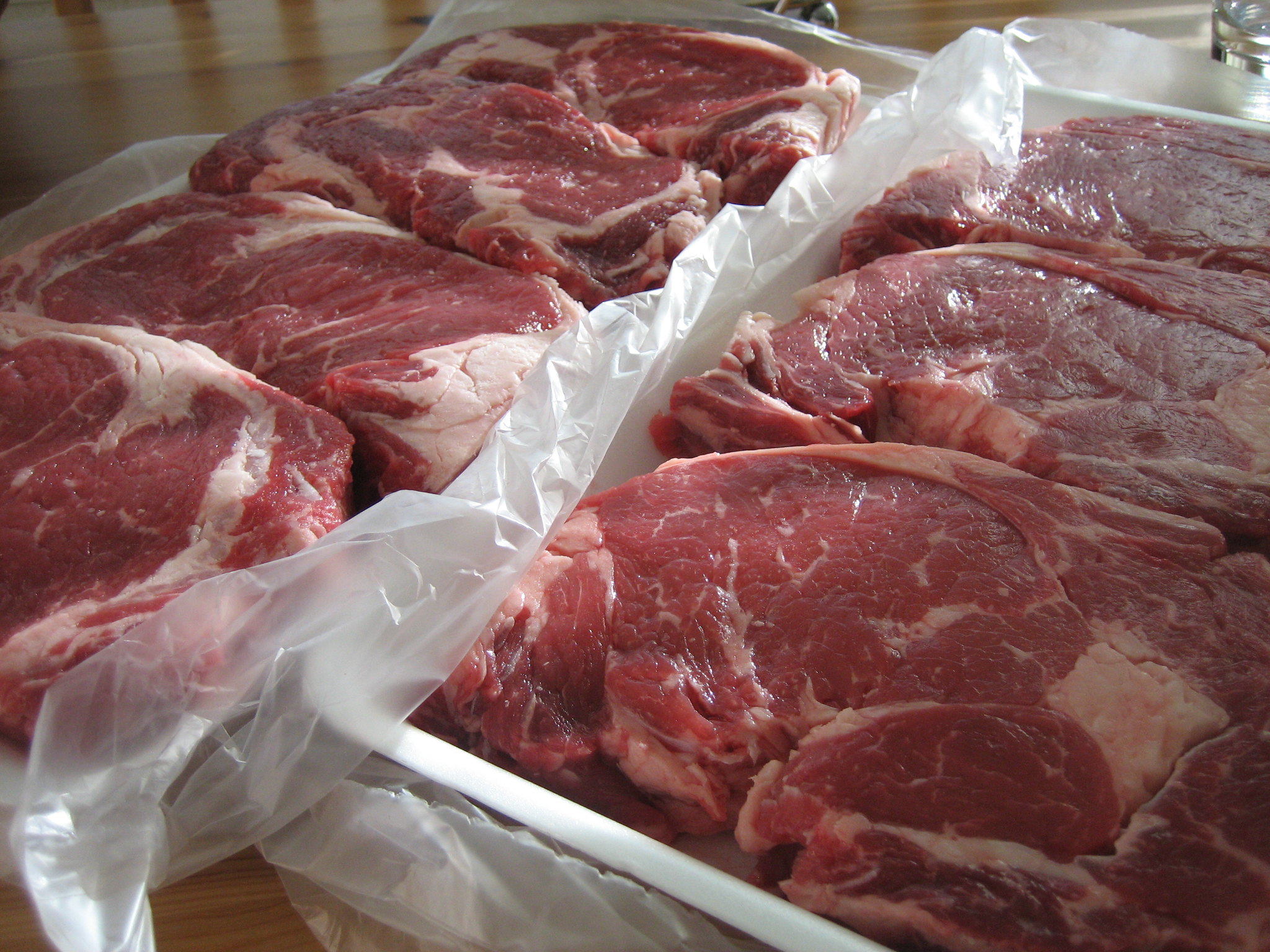Massive Meatball Created Using Extinct Woolly Mammoth DNA
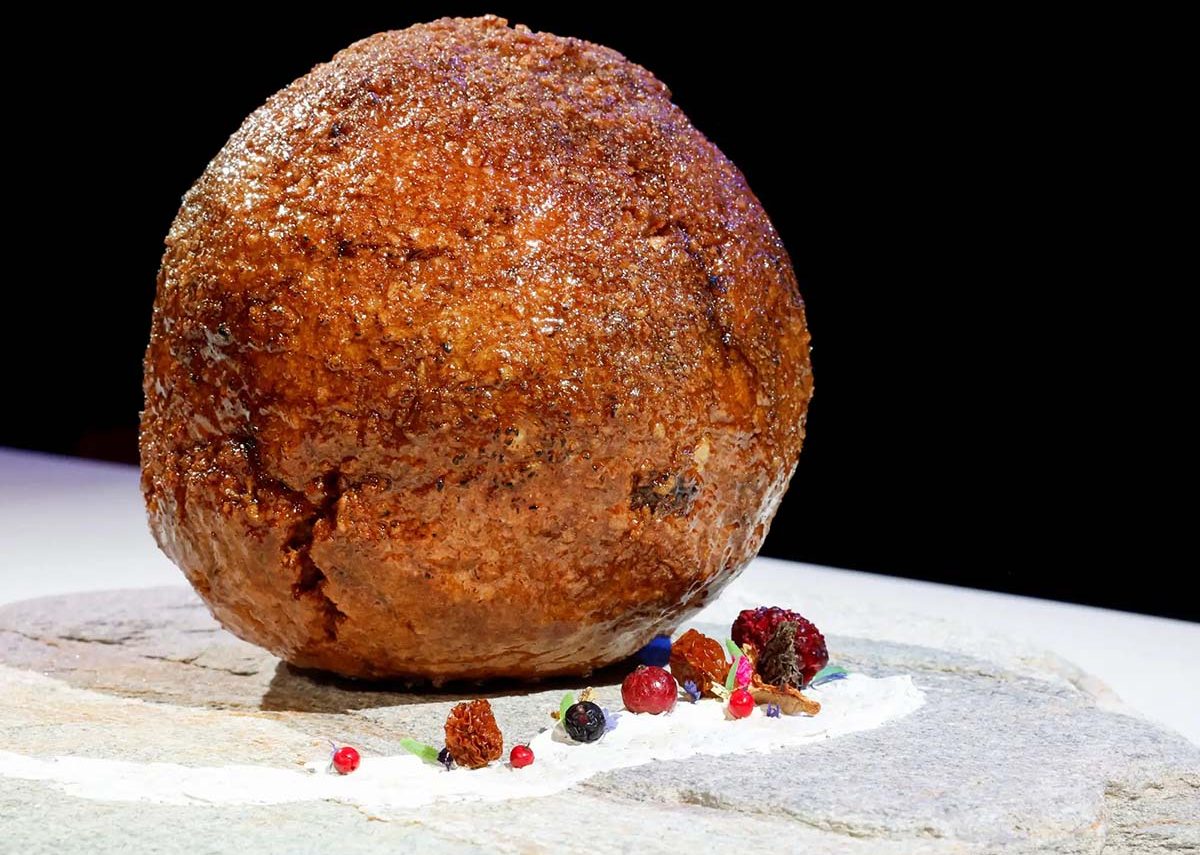
While the food industry shifts towards plant-based protein alternatives, an Australian cultured meat startup named Vow has decided to reach into the distant past for a surprising source: woolly mammoth DNA. Using the magic of science, lab-grown sheep cells were injected with extinct woolly mammoth myoglobin genes, before being ground up and formed into a massive meatball.
According to Insider, James Ryall, Vow’s chief scientific officer, told Reuters, “When it comes to meat, myoglobin is responsible for the aroma, the color, and the taste.”
The myoglobin isn’t actually 100% mammoth, because the DNA sequence is incomplete. To fill in the blanks, scientists used parts of African elephant DNA, which is a close relative to the wooly mammoth. Unfortunately, adventurous eaters will have to use their imaginations, as the 5,000 year-old protein may contain bacteria dangerous to humans today.

Pleistocene protein aside, Vow created the mammoth-ball to make a statement about the food industry. Sharing their views, Vow “aims to challenge the public and the meat industry to think differently about how we produce and consume food — highlighting cultured meat as a viable alternative to traditional animal agriculture.”
The company joins a handful of others working to bring lab-grown, or cultured meat, to consumers, viewing it as a more ecologically sustainable approach — cultured-meats require less land, water, and energy. The industry is still in its early phase, with Singapore being the only country where it can be legally sold to consumers. The U.S. may soon follow with the FDA’s recent approval. Italy on the other hand, isn’t as open to the idea, and has moved towards banning lab-grown meat altogether.

Ryall told CNN, “Normally, we would taste our products and play around with them. But we were hesitant to immediately try and taste because we’re talking about a protein that hasn’t existed for 5,000 years. I’ve got no idea what the potential allergenicity might be of this particular protein.”
Vow’s woolly mammoth meatball will be on display at a Netherlands science and medicine museum. “Without doubt I would love to try this [meatball]. It cannot possibly taste worse than real mammoth meat,” Ryall said.







